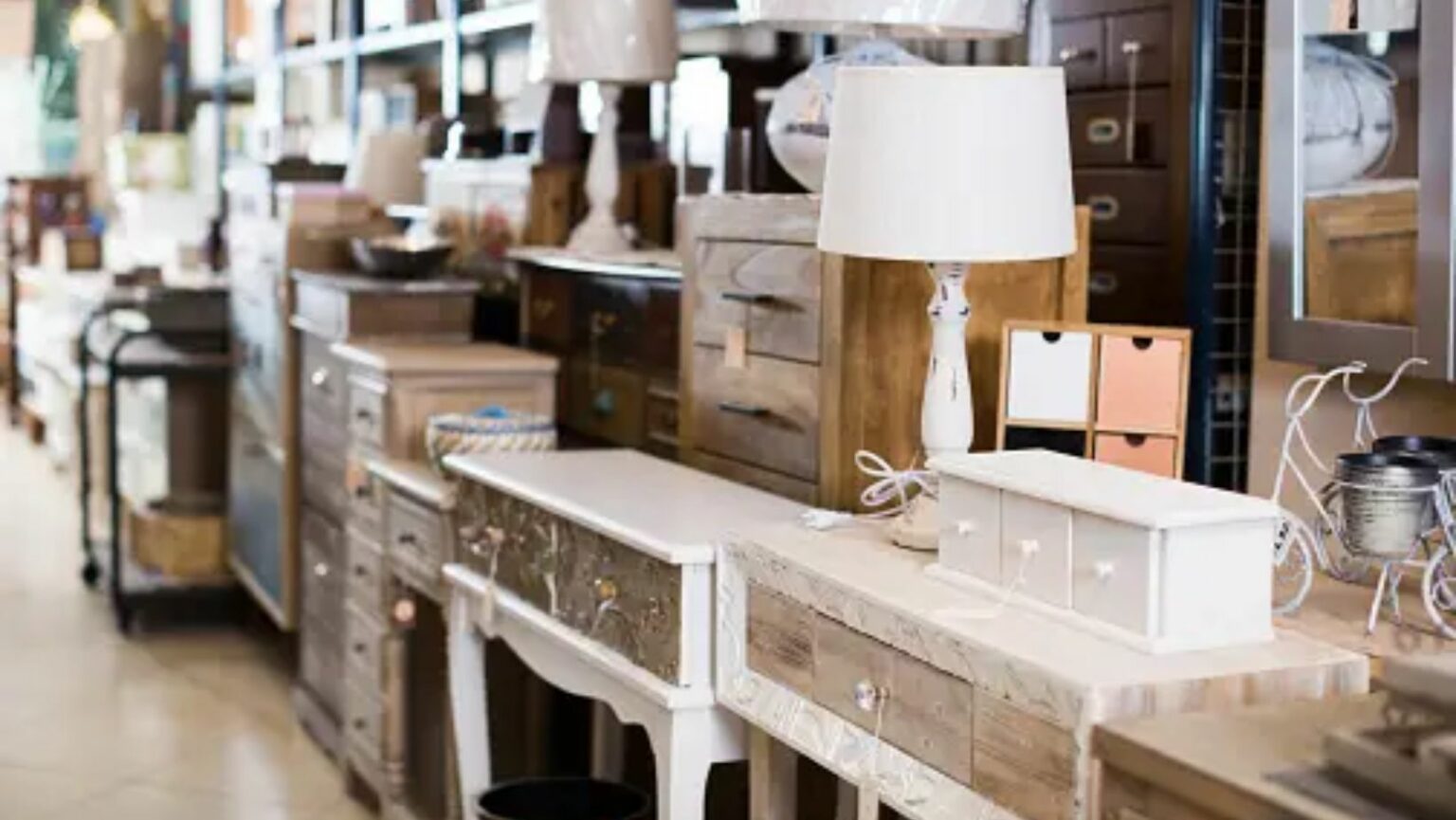Vietnam is home to one of the fastest-growing furniture markets in the Asia Pacific region. This growth has drawn major international brands to enter the Vietnamese market in recent years.
Central Retail, a prominent Thai retailer, has launched its Come Home brand in Vietnam. This brand focuses on furniture and home decor and was recently inaugurated in SC VivoCity in HCM City’s District 7. Come Home is a major initiative by Central Retail in Vietnam and an essential part of its US$1 billion investment in the Southeast Asian economy.
The group feels confident in Vietnam’s growth potential. Research conducted by Central Retail projects that the Vietnamese market will generate revenue of $1.4 billion by the year’s end. The market’s annual growth rate is estimated at about 10% between 2023 and 2027. Living room furniture alone is estimated to contribute $523 million this year.
Also Read: Samsung Galaxy Z Fold5 Unveiled: A New Era in Foldable Technology, Designed to Impress
Segments like bedroom furniture and decorative items are also growing rapidly. Central Retail observes strong demand for furniture in Vietnam despite global economic challenges. Modernization and personalization of living spaces are driving this demand.
The Thai retailer is not alone. Other international brands are seizing opportunities in Vietnam, hoping to leverage the market’s booming development, lowered tariffs, and improved trade and logistics.
JYSK, a Danish retail chain specializing in Nordic-Scandinavian style decor and furniture, has opened a new store in Hanoi. Since 2015, JYSK has expanded its offerings in Vietnam, running 12 stores nationwide.
As international brands make their mark, domestic brands are stepping up. They are enhancing their product quality to retain and gain market share.
Hoa Phat’s interior furniture, traditionally a mid-range player in office furniture, launched The One chain in April. This upscale store targets the mid-to-high-end segment. Competitors include A Concept, Baya, MOHO, JYSK, Nha Xinh, Index Living Mall, Chilai, BoConcept, and Sonder Living. Vietnamese customers have shown a preference for imported brands, particularly Scandinavian, European, and Japanese.
A Mordor Intelligence report predicts that the Vietnamese furniture market will grow from $1.4 billion in 2023 to $1.82 billion in 2028. The growth rate is estimated at 5.33% annually.
Vietnam’s wood export turnover is also growing. The country’s wood sector is turning into a global product hub, thanks to its strong raw material industries. Vietnamese furniture products are now well-received in over 120 countries, including major markets such as the US, the EU, the UK, Canada, Japan, and Australia.
This news is based on The Star.

















